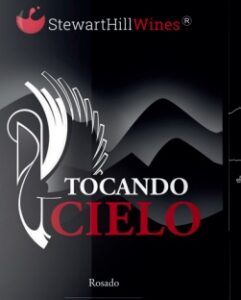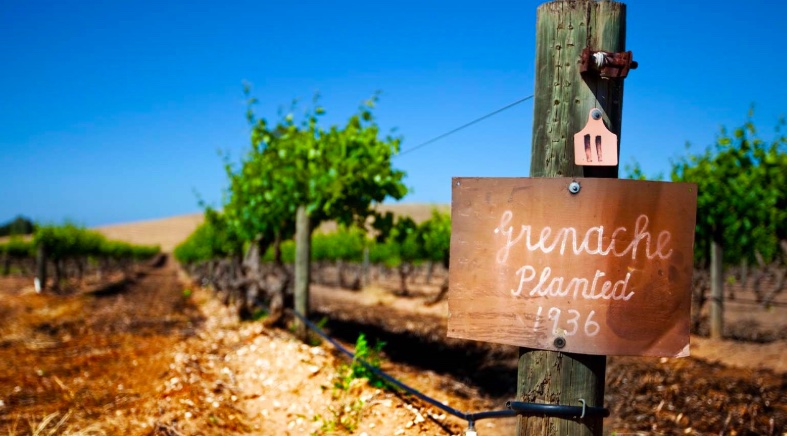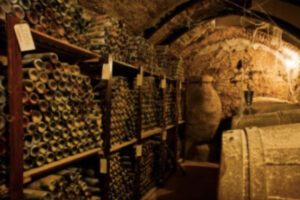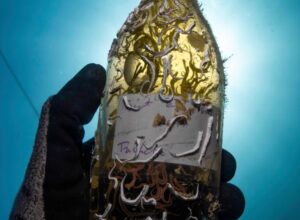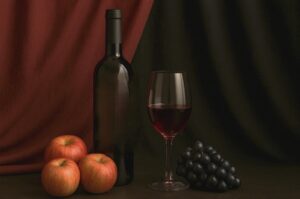The Global Journey of Grenache, Malbec, and Syrah Grapes:
Origins, Expansion, and Zones of Influence
Vines: Origins and Struggle
Grenache (Garnacha)
“Garnacha …alluring rich, spicy reds in northern Spain …Rioja Alta and in Rioja Baja … Garnacha vines are renowned for the voluptuous flesh they can bring to a Rioja.
In Navarra Garnacha has traditionally been used to produce pale wines labelled either rosado or, slightly darker, clarete. Indeed the relatively thin skins of Grenache/Garnacha have persuaded many a winemaker – most notably in Provence – to make a rosé out of this misunderstood grape….
But what has most dramatically revived Garnacha’s reputation in Spain is the intense, minerally top wines grown on the schists …where ancient Garnacha bush vines provide the backbone of many of the greatest wines…
As Grenache the vine is planted all over southern France. Just north of the Spanish border… it is common in at least three different colours: purple-skinned Grenache Noir, pale crimson-skinned Grenache Gris and green-skinned Grenache Blanc. On the steep terraces overlooking the Mediterranean …it can reach extraordinary ripeness levels (a general characteristic of Grenache everywhere) and is the chief ingredient in the sweet, strong vins doux naturels made there. If there is one single characteristic of Grenache-based wines it is a sweet ripeness, coupled with quite tough tannins if yields are low.
Grenache Blanc makes interesting, if sometimes slightly blowsy, white table wines all over the south of France. They tend to relatively low acidity, high alcohol and fast development, but make a delightful change from the thinner offerings of its traditional blending partner Maccabéo (see Macabeo).
As for Grenache Noir, it is one of the most important red wine grapes of the Languedoc where it has long been blended with Carignan (also underappreciated), Syrah, Mourvèdre and, sometimes, a bit of Cinsault (another grape often used for rosés). Increasingly, however, Grenache/Syrah/Mourvèdre, or GSM, is regarded as the holy trinity in this part of the world. This is the classic blend for the southern Rhône‘s best red wines: Châteauneuf-du-Pape, Gigondas, Vacqueyras, Lirac, Tavel and a host of increasingly exciting bottlings from Rasteau and Cairanne. The Syrah adds structure and longevity. Difficult-to-ripen Mourvèdre can add an exotic gamey, almost animal note. But Grenache Noir is the grape most at home in the best dry, almost drought-prone vineyards of the southern Rhône.
With its upright growth and strong, sturdy trunk, Grenache is ideally suited to being grown as a water-seeking bush vine in hot, windy areas, its only disadvantage being its predilection to set relatively little fruit. But that, of course, means all the more flavour in the grapes that remain. Some of the finest Châteauneuf of all…is made from Grenache Noir alone…Grenache and Mourvèdre each constitute about a third of most blends.
The vine is relatively late ripening so can be grown successfully only in quite warm regions. It is particularly important, as Cannonau, in Sardinia where locals claim the variety had its roots before being exported to Spain and France when the island was part of the kingdom of Aragon. Calabria and Sicily also grow some.”
Malbec
” The history of Malbec reflects the cultural itinerary of a grape on its intercontinental journey. … enriched with the force of nature, the climates and soils of the Southern Cone. It is a journey full of vitality and dramatic tension, marked by human passions, the power struggles and utopias, the victories and defeats. Kings and nobles, Templars and musketeers, soldiers and marines, British, French, Spanish and other nations’ forces all played their part. On an uncertain path, with stretches of darkness and silence, alternating with those of brightness…Malbec is embedded in world history.‘During the Roman Empire, the wine of Cahors was appreciated by the elite. This is reflected in the works of classical authors, especially Horace and Virgil. After the fall of the Roman Empire, which, in turn, caused the collapse of political power and institutions; the wine of Cahors maintained its prestige. During the High Middle Ages, it was recognised by the Bishop of Verdun. Subsequently, a prominent woman from the region, Eleanor of Aquitaine, contributed to the expansion of the wines of Cahors…‘The life of Eleanor of Aquitaine intersects with the history of Malbec at a key point: her marriage to Henry Plantagenet (1152) established a close link between the duchy and the British Isles. Initially, the wedding was a dynastic and political agreement; but on this institutional base, other conditions were generated to also establish economic and trade connections. This oiled the mechanisms of exchange of goods and services between the two regions, and within this context came the arrival of the wine from Cahors to the English markets…‘England provided the bulk of the demand for wine entering international trade during the medieval period, with much of the English demand being met by the wines of western France. The establishment of formal English links with Gascony dates from Eleanor of Aquitaine’s divorce from Louis VII of France, and her marriage in 1152 to Henry, Duke of Normandy and Count of Anjou, Maine and Touraine, who in 1154 became King of England. As part of her dowry, Eleanor brought with her the Duchy of Aquitaine, which included Poitou, Guyenne and Gascony, and rather than buying wines from the annual fair at Rouen as had been the previous practice, the English thereafter turned to the ports of Nantes, La Rochelle and Bordeaux for their wine.” (According to Unwin)

Syrah (Shiraz)
Crossing Territories and Adaptability:
Key Regions: Paths that Intertwine

Grenache (Garnacha):
Malbec:
Syrah (Shiraz):
‘The Northern region of France’s Rhône Valley is Syrah’s historical and classical home, and we were told to think of the area as “100 per cent Syrah”, despite other grapes growing there. Syrah’s vertiginous sites, which peer over the Rhône river, make for difficult harvesting and expensive production. Thus, winemakers concentrate on producing top-quality wines ..“Syrah first rose to fame in the 18th century in the town of Hermitage, France, an area with a reputation for quality wines. James Busby, the father of the Australian wine industry, visited France in 1832 and brought back the clippings of Syrah. Australia’s climate proved to be excellent for the grape, and Syrah was quickly established as one of the country’s most prominent wines.‘Some Australians began to call the wine “Shiraz” due to its mythological origins…
‘There are some misconceptions about this grape. Syrah does not come from Syria, and it is not an ancient Greek grape from Syracuse in Sicily. Finally, it is not a wine from Shiraz in ancient Persia.
‘Syrah was born in France, in the rhone alps to be exact, and it’s first mentioned around the 15th century. It’s the offspring of a cross between Mondeuse Blanche and Dureza.”
